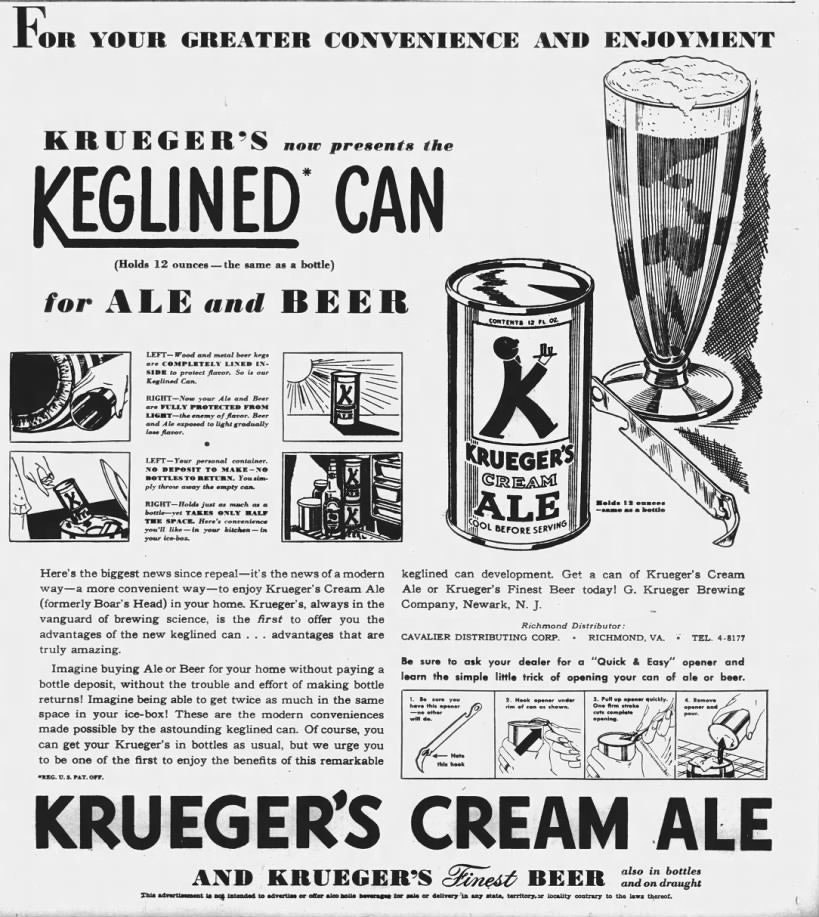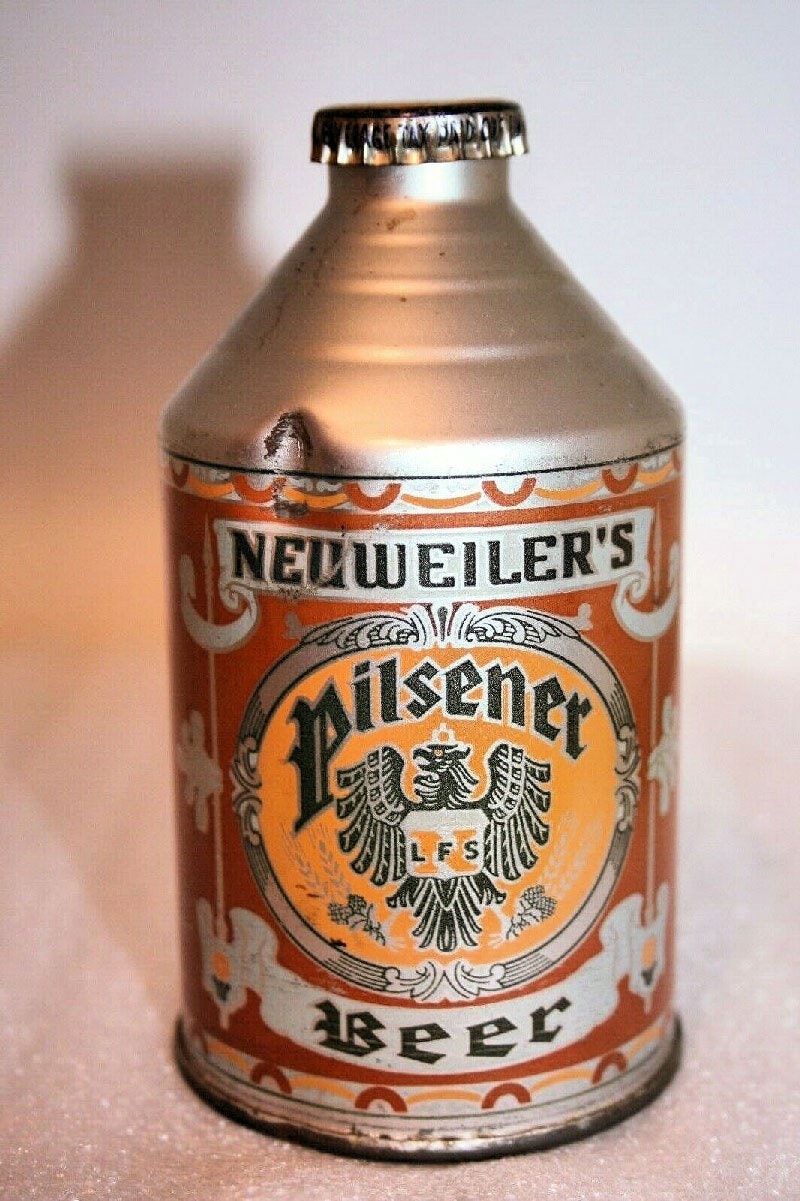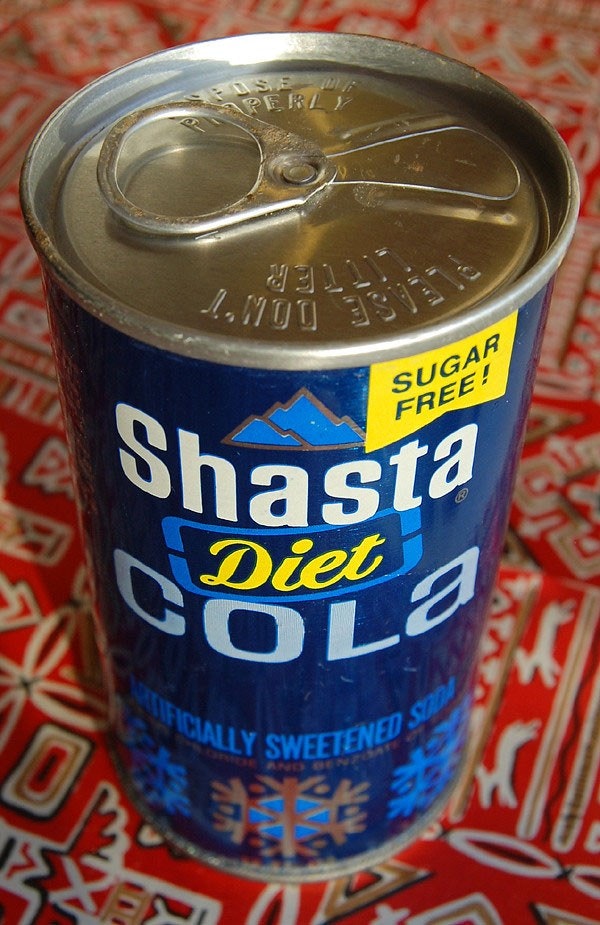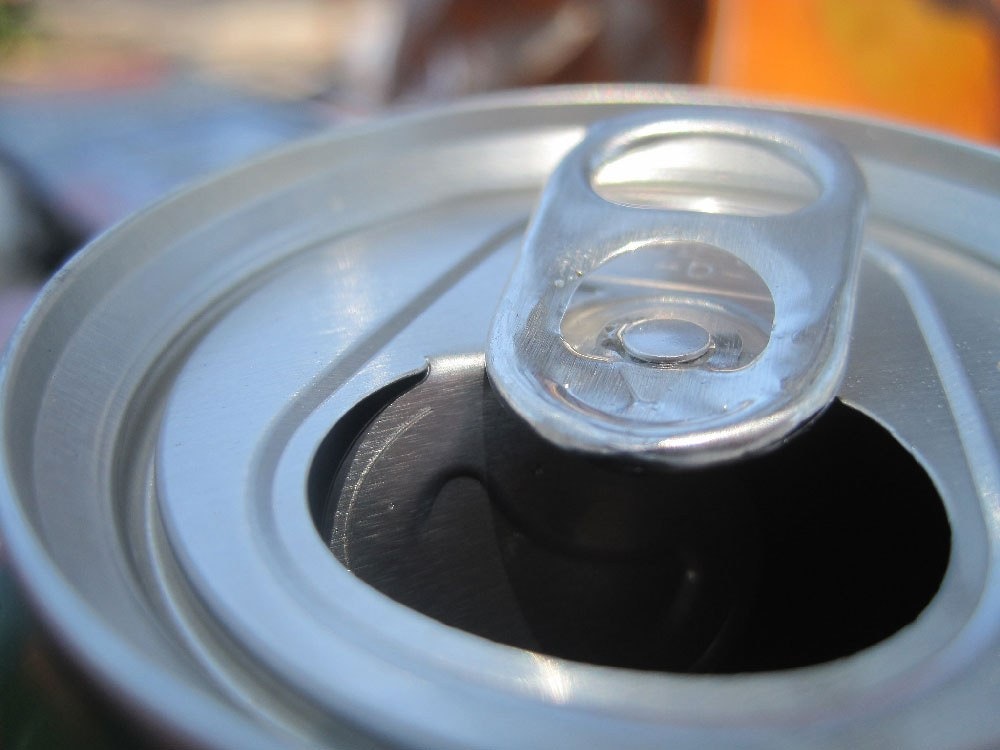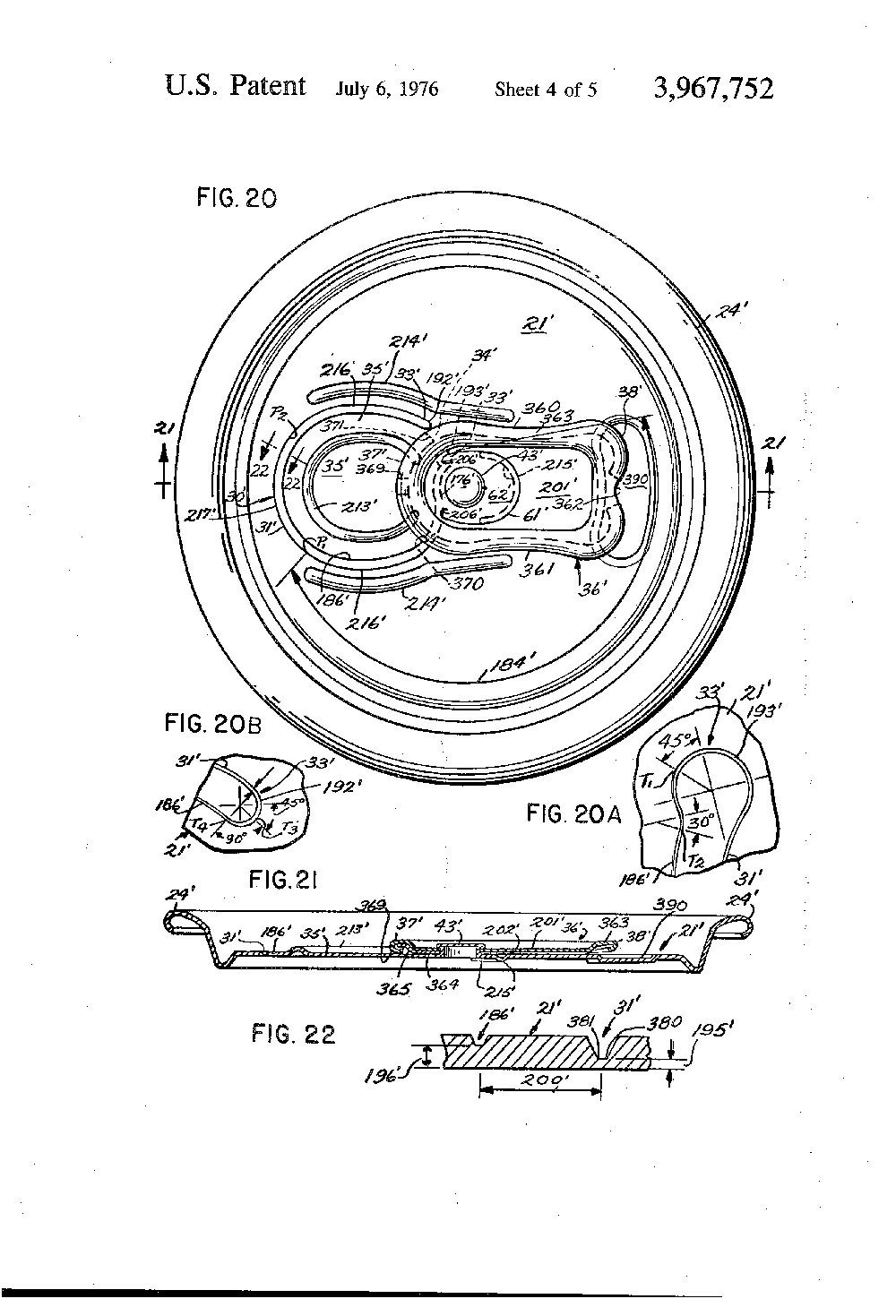Tedium - Crack One Open 🍻
|
|
|
|
|
|
|
|
|
|
|
Older messages
The Gloss of Americana 🇺🇸
Saturday, July 1, 2023
Thinking differently about what makes America America. Here's a version for your browser. Hunting for the end of the long tail • July 01, 2023 Today in Tedium: To be clear, Tedium is not a
The Squeal of Data ☎️
Wednesday, June 28, 2023
How telegraphs and teletypes influenced computing. Here's a version for your browser. Hunting for the end of the long tail • June 27, 2023 Hey all, Ernie here with a revived 2019 piece on the roots
A Splash of Impatience 💦
Saturday, June 24, 2023
Considering the splash screen that appears when you load something. Here's a version for your browser. Hunting for the end of the long tail • June 24, 2023 Today in Tedium: It can feel weird to
Freeloader Culture 🍗
Wednesday, June 21, 2023
Reddit has a problem with freeloaders. And free-riders. Here's a version for your browser. Hunting for the end of the long tail • June 21, 2023 Today in Tedium: In many ways, the internet is a
Tuned Out 📻
Tuesday, June 20, 2023
The rise and fall of kids' radio, both thanks to Disney. Here's a version for your browser. Hunting for the end of the long tail • June 14, 2023 Hey all, Ernie here with a refreshed take on a
You Might Also Like
Re: My favorite new service
Monday, January 13, 2025
Hey there I want to tell you about a service that I've been using recently and that I love — Incogni. They automatically erase my data from the internet so it can't be bought and used by data
Digest #155: Port 80 Insights, Faster CI/CD, FinOps Tips, and Kubernetes Best Practices
Monday, January 13, 2025
Datadog's acquisition, GitHub Actions upgrades, Terraform security, and must-know DevOps tools and tutorials. ͏ ͏ ͏ ͏ ͏ ͏ ͏ ͏ ͏ ͏ ͏ ͏ ͏ ͏ ͏ ͏ ͏ ͏ ͏ ͏ ͏ ͏ ͏ ͏ ͏ ͏ ͏ ͏ ͏ ͏ ͏ ͏ ͏ ͏ ͏ ͏ ͏ ͏ ͏ ͏ ͏ ͏ ͏ ͏
WP Weekly 226 - Launches - New Elementor Theme, WP 6.8 in April 2025, Automattic Scale Back
Monday, January 13, 2025
Read on Website WP Weekly 226 / Launches 2025 has just started, and there is a slew of new launches like Hello Biz Theme, Meta Box Lite, FooConvert, Affililink, and more. Also, the next WordPress 6.8
SRE Weekly Issue #459
Monday, January 13, 2025
View on sreweekly.com A message from our sponsor, incident.io: Effective incident management demands coordination and collaboration to minimize disruptions. This guide by incident.io covers the full
Saving One Screen At A Time 🖥️
Monday, January 13, 2025
Why the screen saver stopped being so in-your-face. Here's a version for your browser. Hunting for the end of the long tail • January 12, 2025 Today in Tedium: Having seen a lot of pipes, wavy
Software Testing Weekly - Issue 253
Monday, January 13, 2025
Software Testing Weekly turns 5! 🥳 View on the Web Archives ISSUE 253 January 13th 2025 COMMENT Welcome to the 253rd issue! Oh my, time flies! It's hard to believe this week marks 5 years since I
CES 2025 - Sync #501
Sunday, January 12, 2025
Plus: Sam Altman reflects on the last two years; Anthropic reportedly in talks to raise $2B at $60B valuation; e-tattoo decodes brainwaves; anthrobots; top 25 biotech companies for 2025; and more! ͏ ͏
PD#608 Mistakes engineers make in large established codebases
Sunday, January 12, 2025
You can't practice it beforehand ͏ ͏ ͏ ͏ ͏ ͏ ͏ ͏ ͏ ͏ ͏ ͏ ͏ ͏ ͏ ͏ ͏ ͏ ͏ ͏ ͏ ͏ ͏ ͏ ͏ ͏ ͏ ͏ ͏ ͏ ͏ ͏ ͏ ͏ ͏ ͏ ͏ ͏ ͏ ͏ ͏
C#539 A detailed look at EF Core’s JSON Columns feature
Sunday, January 12, 2025
Comparing it with the traditional tables with indexes
RD#488 How to avoid issues with custom Hooks
Sunday, January 12, 2025
Using them carelessly can lead to many problems


